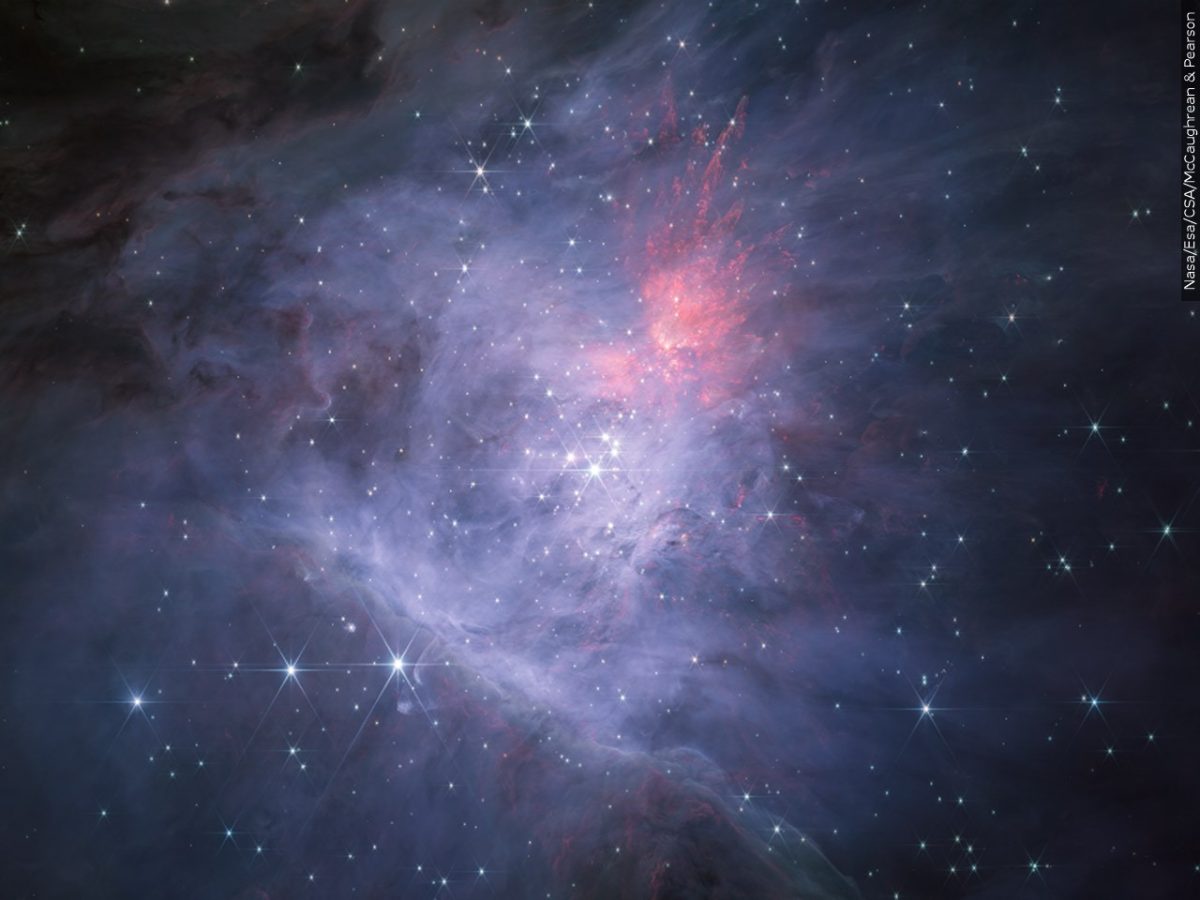In recent news in the world of astronomy, scientists have developed a new tool for understanding how galaxies formed in the beginning. At the beginning of March, astronomers revealed that they have developed a supercomputer that can simulate the formation of galaxies, starting all the way from the beginning of our solar system to the present day. These new high-resolution simulations can help astronomers in realistically visualizing what happened as galaxies formed.
Now, the closest thing I know to the science behind anything about the universe is the theme song to “The Big Bang Theory.” However, with the advancement of technology, more people, not just scientists, will be able to better understand how the universe was created from a scientific perspective.
“The simulation is based on the same astrophysical assumptions about the ultraviolet background radiation produced by the first stars in the Universe, the gas cooling and heating, and the process of star formation,” said a recent article in ScienceDaily. “The new results allow the researchers to conclude that disc galaxies like the Milky Way formed very early in the history of the Universe, in line with observations from the James Webb Telescope.”
For the past decade, astronomers have been in the works to create this supercomputer to show a realistic formation of a galaxy. However, there are still a few errors in the simulation’s resolution, but that is the thing about scientific discoveries: It is a process of trial and error. Science is the study of the world through observations, experiments and testing. It is not prior known knowledge; it is the discovery of undiscovered things, and astronomers are just beginning to scratch the surface of what we know about our universe.
Why even bother with the advancements in technology? I mean, the creation of the universe happened so long ago, and I had nothing to do with it, right? So, why does it matter to me? The thing is that these supercomputers are important for studying the universe, which in turn allows us to gain knowledge of the world around us. We can gain a new perspective by studying Earth and the solar system. We advance new technologies that improve our daily lives, and we inspire a new generation of artists, thinkers, engineers and scientists.
“Supercomputers are important for both science and non-science because they are helpful in predictions,” said Dr. Shahram Talei, an astronomy professor at GC. “We can predict things like the economy and stock markets, so countries are pushing supercomputer power because it is something more than astronomy; it’s a national interest.”
This new advancement can help us in many areas other than just making it easier to visualize the creation of galaxies. It can help with our day-to-day activities and navigating the world around us.
These cosmological simulations are crucial to our understanding of where galaxies, stars and planets come from. With that understanding, we can learn things about the universe that do not just have to do with astronomy but all areas of science.
“It can help people working in fundamental physics, which is dark matter,” Talei said. “If we understand how galaxies formed, it will answer a lot of questions for us because dark matter makes up 20-25% of our universe, and we still do not have any good idea about it.”
Only about 5% of our universe is made up of things we can see, and only that 5% we actually understand. The remaining 95% of our universe is unknown to us. With how much of our universe is made up of dark matter and how little we know about it, that means we do not know a good percentage of our universe. Studying and investigating these things can help people in all areas of science, which allows us to understand more than just the basics.


